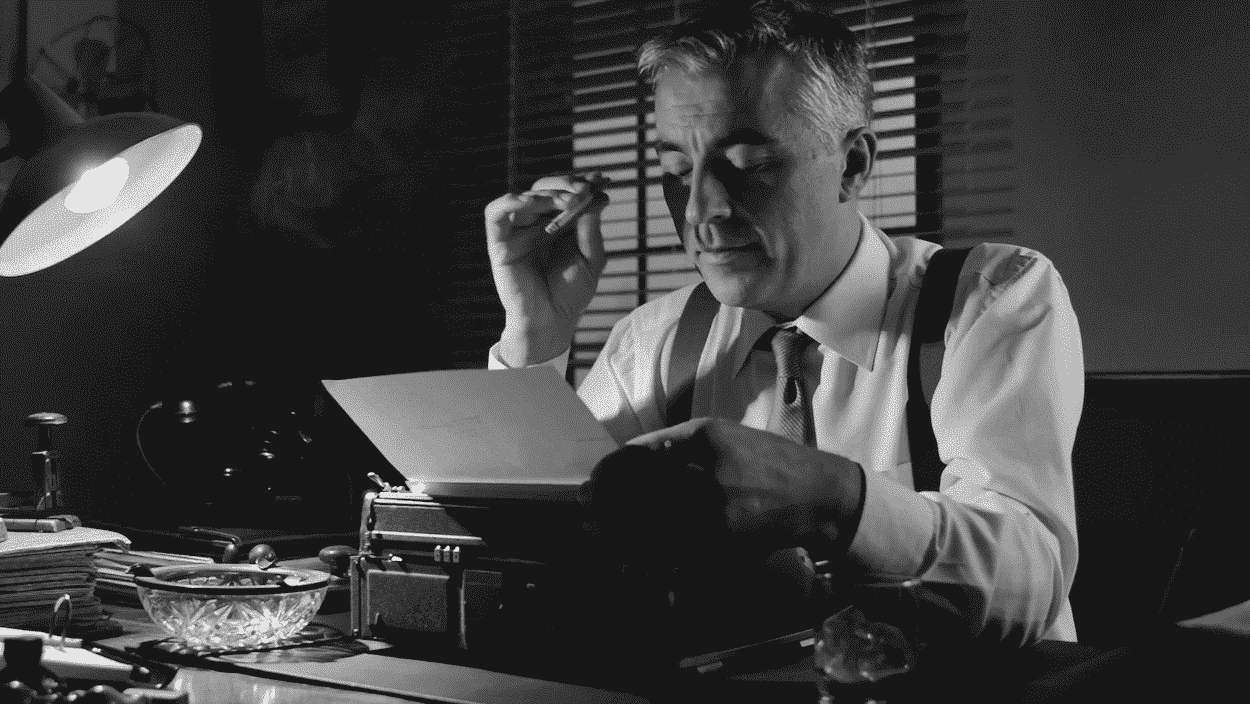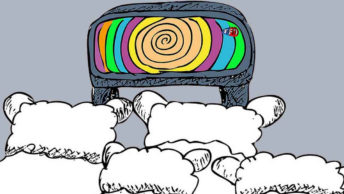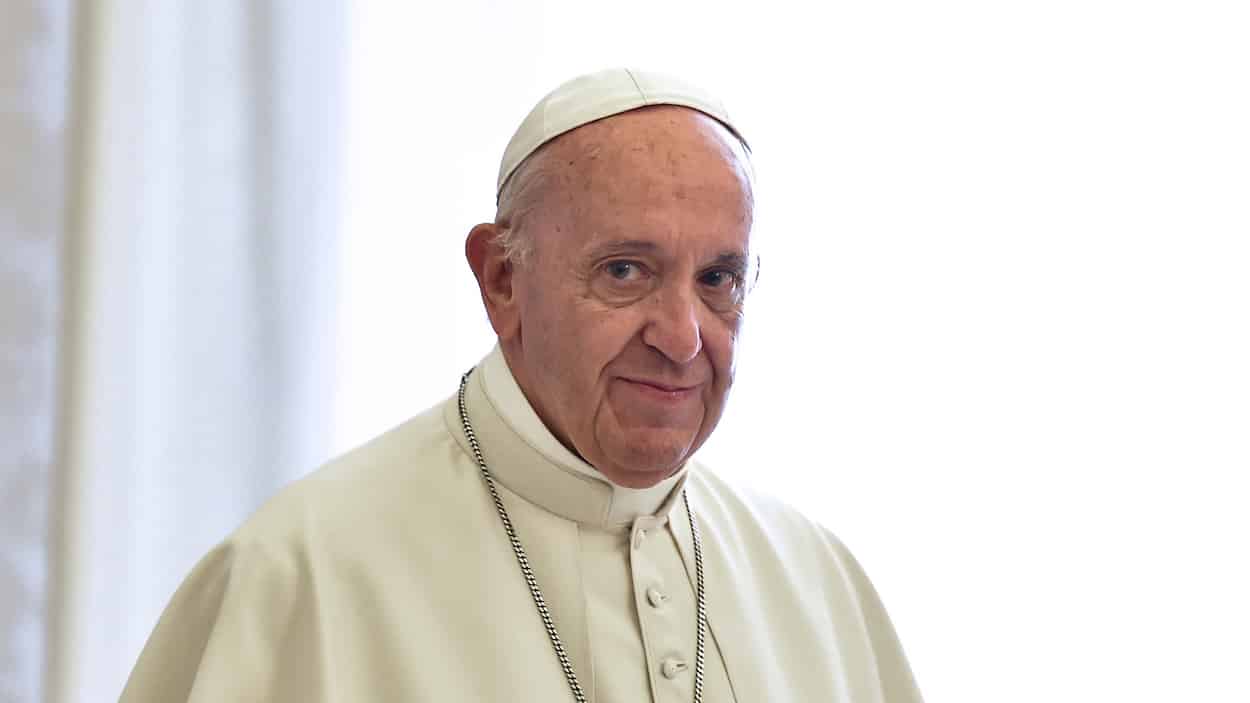Why is there so much hatred in America today? The main cause, I submit, is that the communications media have encouraged it. That wasn’t always the case. In our grandparents’ day such encouragement was almost nonexistent. The TV (or radio) news consisted of reporters describing events without offering their opinions, which were prohibited by the journalistic code. Only commentators gave opinions, and they did so in separate segments of programming with equal time given to all views. That separation of news and commentary first gave viewers information and then helped them understand the issues in their complexity.
In our parents’ day, however, journalistic standards changed. First, the code of conduct was relaxed to allow reporters to add their opinions to the news stories. In time, many news executives directed their reporters to advance a narrative offering a single point of view and either downplaying or ignoring opposing views. In addition, they encouraged overdramatizing stories to create excitement, stimulate viewers’ emotions, and increase viewership. Eventually, their passion for adding viewers led them to encourage ridiculing or demonizing people who did not agree with their narratives. Thus, vilifying cries of “moronic,” “intolerant,” “racist,” and “sexist” filled news broadcasts. When “social media” was introduced, its creators followed the new journalistic model and went even further and banned views it disagreed with.
The Catastrophic Effects
The devolution from responsible to irresponsible journalism has had catastrophic effects on Americans. By depriving them of information and understanding, and encouraging one-sided, emotional responses to issues, the new journalism and social media have nurtured not only suspicion but also hatred of those with views outside the approved narrative. In the process, they set neighbor against neighbor and created resentment and division within families and communities.
Though the change in journalism is the main cause of the epidemic of hatred and division, it is not the only cause. Another is the denial of human imperfection in both the philosophic sense and the religious sense of Original Sin. For millennia the vast majority of people have acknowledged the propensity of all human beings to behave in morally unacceptable ways. Nowhere has that tendency been expressed better, in a way religious and non-religious people alike can affirm, than in these words of St. Paul: “For the good that I want, I do not do, but I practice the very evil that I do not want . . . I find then the principle that evil is present in me, the one who wants to do good.” (Romans 7:19-21)
This understanding of human imperfection provided a basis for many other fundamental moral principles and practices, including examining our own behavior critically, acknowledging our faults and striving to overcome them, asking forgiveness of those we have offended, and forgiving those who have offended us. Also, Paul’s distinction between intention and action have become central concepts in our customs and laws.
Human Imperfection Denied
Why, then, did modern society come to deny the perfectly reasonable and socially beneficial view that humans are by nature imperfect? The simple answer is that J. J. Rousseau popularized the contrary idea that humans are born good and therefore society, rather than the individual, is responsible for what goes wrong in human behavior. Then, a couple of centuries later, Humanistic Psychologists such as Carl Rogers embraced Rousseau’s view and persuaded influential people to promote it.
One might think that Rogers’ fanciful idea of human perfection would have led people to think, “others are as wonderful and good as I am” so I must be respectful of them and tolerant of their ideas.” But, alas, the twin realities of human imperfection and ego precluded that development. The temptation to think self-servingly—“I am wonderful, so anyone who disagrees with me is committing an offense against me”—proved too strong to resist, especially in the case of powerful people. Furthermore, the emphasis on feelings rather than thought ensured that reasoning would not intervene to correct the error.
The situation has grown worse in recent decades, particularly since journalists were pressured to adhere to the “official narrative” that promoted one view and demonized others. Some of them may have feigned enthusiasm for the message at first, but the more they repeated it and heard colleagues repeat it, the more comfortable they became with it. Eventually, they no longer mouthed derogatory words about their scapegoats—they became convinced that what they said was true. And the more convinced they became, the more persuasive they were with their audiences. The most prominent example of such treatment by journalism and social media has been toward President Trump and his followers.
We are living in an especially dangerous time, a time of angry protests, riots, looting, and attacks on innocent people; demands that police departments be defunded or disbanded; the refusal of elected officials to work together for the common good; campaigns against the Constitution; efforts to revise history and destroy monuments that honor it; and the transformation of education from objective teaching to overt propagandizing.
All of these developments are mainly attributable to the communications and social media. Their abandonment of sound journalistic principles infected our culture and has now metastasized. Reversing its effects is among the most important tasks facing the country.
Copyright © 2020 by Vincent Ryan Ruggiero. All rights reserved








